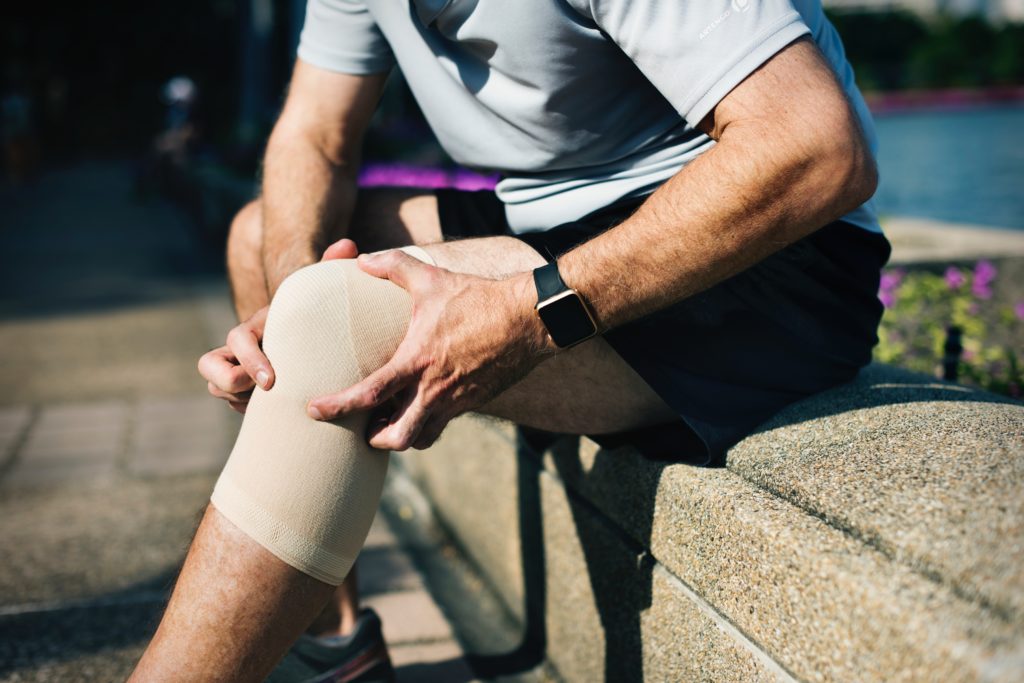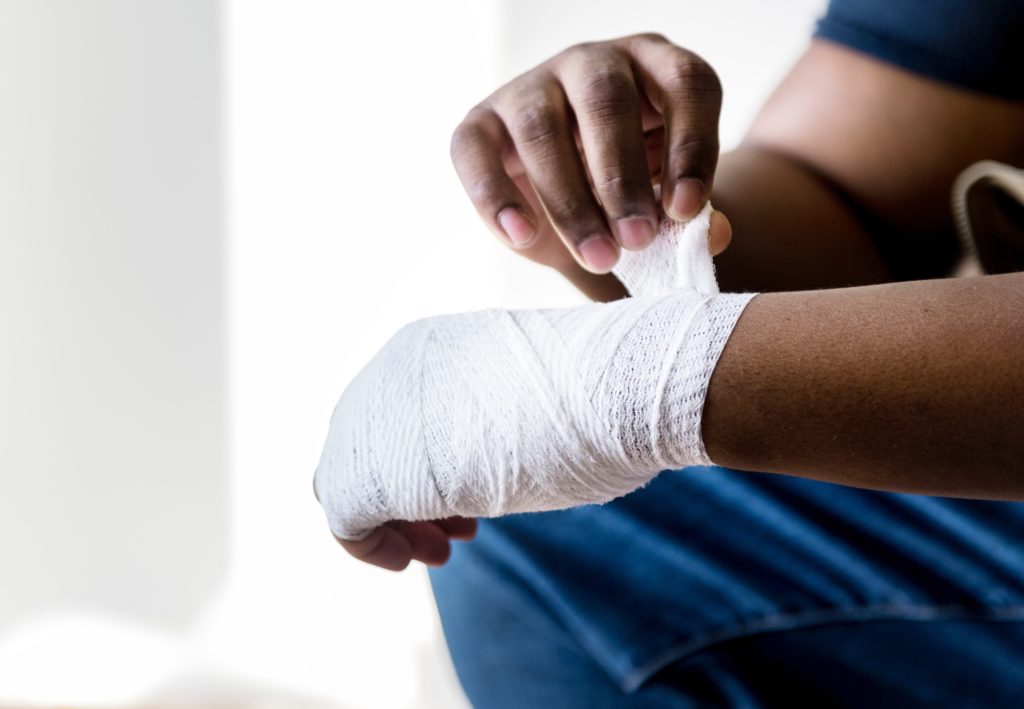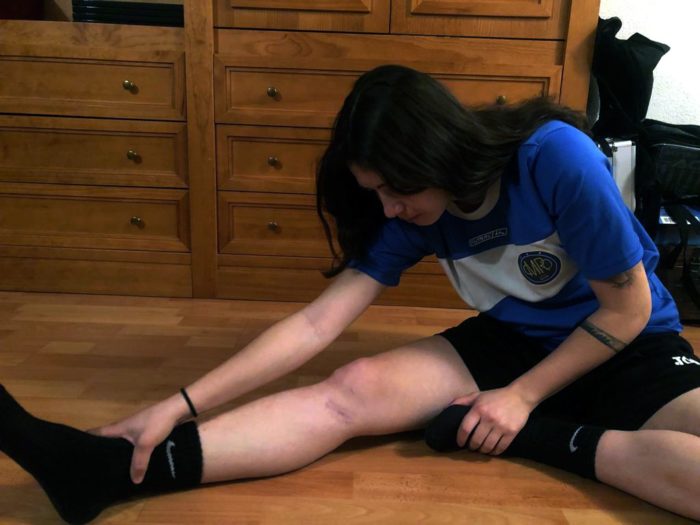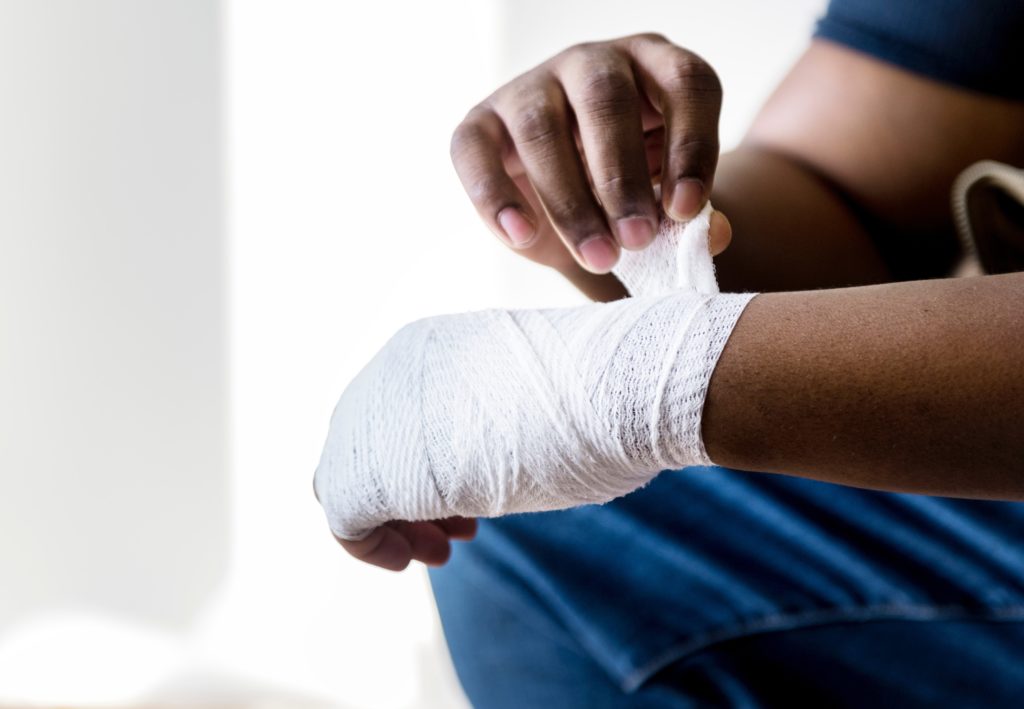How goal-setting can improve your performance
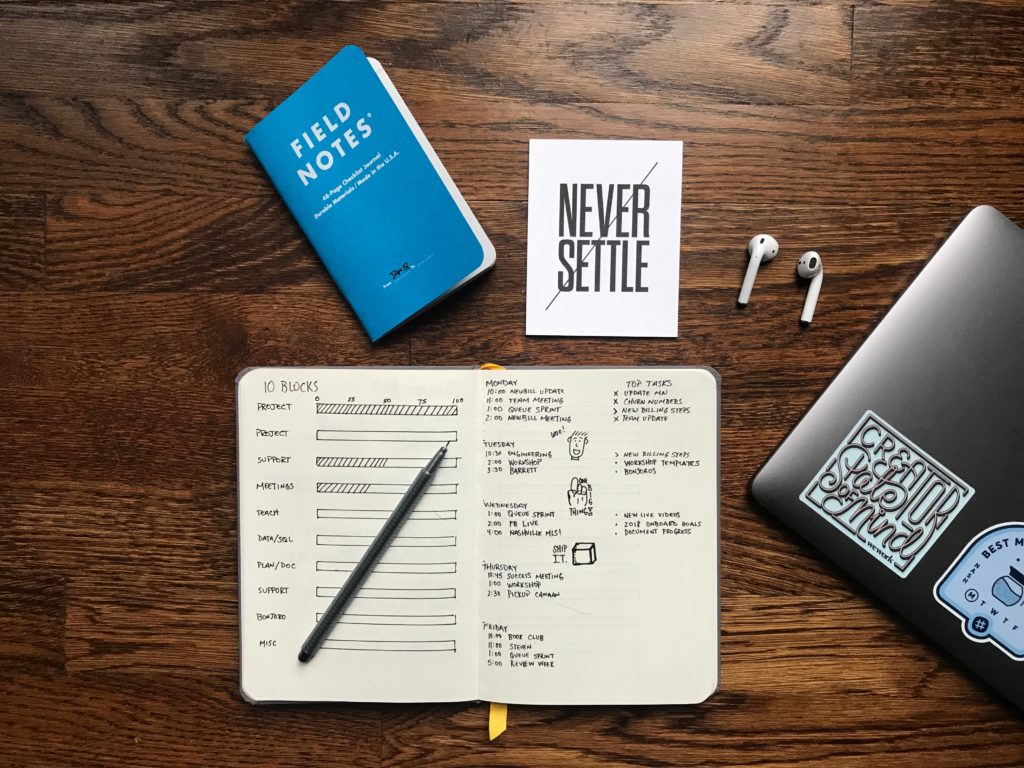
When we decide to embark on any kind of journey, it’s important to start on a good note. This will set the tone for success or failure. However, it’s quite common to have obstacles appear on the way. These can make us doubt our ability to carry on, stopping us in our tracks. They can even make us abandon our route.
There’s an invaluable weapon that helps us to stay on our path: goal-setting. It’s not as much a personal belief but a concept that is pretty grounded in the literature. Setting smart goals benefits personal achievements and satisfaction along the way.
Note: We’ll be focusing on sports in this article, but goal-setting is applicable to any area.
Pros of goal-setting
1. Keeps track of personal progress
Who hasn’t felt like throwing the jump rope out the window after failing for the hundredth time doing double unders? When we’re pursuing a goal, there are many moments where we feel helpless. We feel like we’re stuck in the hole and going nowhere fast.
A good way to diminish this feeling is through goal-setting. Well set, they allow us to take little steps forward when learning complex movements. Dissect the movement into its simpler parts. Perfect the basics and then slowly advance from there.
2. Gives me a sense of control
For the majority of us regular Joes, CrossFit is a sport that is quite the adventure. When you first hear about RM percentages, snatches, handstand pushups and other shenanigans, you feel pretty lost. Once you start growing in the sport, you start dominating the jargon and the movements.
That’s when a good coach will slowly start lifting your safety net so you can experiment on your own (during Open Box for example). Once we reach this point, we already know what we need to improve and how to do it: mini-goals. Setting goals based on needs you’ve detected yourself will give you an unmatched sense of realization.
3. Makes me fall in love with the process
When my mom started CrossFit she was unable to jump to a 5 kg plate. Any kind of jumping frightened her. Naturally, we decided to progressively work on jumping. First, it was lunges. Then, stepping on plates. Until one day, she personally decided to take a chance and just jump. That same day, not only did she clear the 5 kg plate, but also jumped on the plate with another 10 kg plate beneath it.
The most addictive part of goal-setting and achievements is learning that it is a never-ending journey. Once you walk through a door, you discover there are a million others just waiting. But you know you’re able to reach your goals, so you’re not scared of facing the challenge.
3 characteristics of proper goal-setting
So we’ve established that goals are the key to success and perseverance. But, as ever, there is a proper way to do it. I’m going to give you the characteristics of good goals.
- Realistic. If you don’t have a strict pull-up, it makes no sense to set the goal of doing butterfly pull-ups. Start from the beginning!
- Measurable. “Going all out” doesn’t do a great job as a goal. “Finishing top 3 in today’s WOD” or “Improving my time in Grace”, covers a lot more ground and allows you to know if you really did it or not.
- Time-based. Goals must be set on short, mid and long term. Strict pull-ups may be a short-term goal; kipping pull-ups can be a mid-term goal; and butterfly pull-ups may be the long-term goal.
These two for good luck…
- Put them somewhere you can see them. I have my personal goals on my wall to remember where I’m going, lest I forget and deviate from my path.
- Scratch the ones you’ve reached but don’t erase them! This one has worked wonders for me. At first, I used to type them into a computer. I lost record of some of the goals I reached because I would erase them and substitute them with new ones. Since I couldn’t see them anymore, all I saw was things I hadn’t done yet and that became pretty frustrating.
Remember…it’s a tool that comes in handy for everybody

Athletes like Mat Fraser or Ben Smith (current and former champions the CrossFit Games) are known to resort to goal-setting to plan their training. Fraser talks about goals that are “yes or not”, with no opinion in it. That way he can be sure if he achieved the goal or not. Ben Smith started CrossFit in his garage and had a paper on the wall where he would write his goals and track his progress… all the way up to becoming the athlete with more consecutive appearances at the CrossFit Games.
Although these are the most talented athletes on the face of the Earth, we all start on step one. Plan your journey and enjoy the ride!

